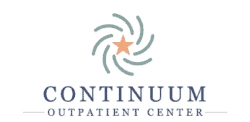How to Make a Relapse Prevention Plan That Works for You
Understanding the Basics of Addiction
Addiction isn’t just about drugs or alcohol. It covers a wide range of behaviors. This can include activities like gambling, eating, or even internet use.
Any activity or substance that provides a rewarding feeling can become addictive if it starts to interfere with daily life. About 21 million Americans suffer from addiction, emphasizing the significance of evidence-based and holistic treatment for sustained recovery.1
This is where a relapse prevention plan comes in.

Table of Contents
Learn More About Ripple Ranch Recovery Center
Physical vs. Psychological Addiction
It’s possible to have a psychological addiction without being physically addicted. For example, an individual might crave the experience of gambling without any physical symptoms. However, substances like alcohol or opioids can lead to both physical and psychological addiction.
Physical vs. Psychological Addiction
Impact of Addictionon the Brain
How an Addicted Brain Works
Symptoms and Manifestations of Addiction
For physical addiction, symptoms can include nausea, shaking, sweating, or headaches when not using the substance. Psychological addiction might cause constant thoughts about the substance or activity, irritability, or anxiety when the individual can’t access it.
A relapse prevention plan needs to address both types of addiction. For physical addiction, medical treatment might be necessary to help manage withdrawal symptoms. For psychological addiction, therapy and counseling can help address underlying emotional risks.
How and Why Does Relapse Occur?
Differentiating Between Lapse and Relapse
The Stages of Relapse
- Emotional relapse: This is when an individual is not thinking about using the substance or engaging in the addictive behavior. However, one’s emotions and behaviors set the stage for a possible relapse in the future.
- Mental relapse: At this point, many people struggle with wanting or not wanting to revert to the substance or behavior. As this internal conflict grows, the risk of relapse increases.
- Physical relapse: This involves the act of returning to the substance use or engaging in the addictive behavior. Once an individual starts thinking about relapse, if they don’t use strategies from their relapse prevention plan, it can commonly lead to actual engagement.
Early Warning Signs of Relapse
For emotional relapse, the signs might include anxiety, mood swings, and not attending recovery meetings or support groups. Individuals might also isolate themselves from loved ones or neglect self-care.
In the mental relapse phase, an individual might romanticize past use or behavior, start reconnecting with old friends who enable addiction, or think about places and people associated with past addictive behaviors.
There might be a growing urge to return to the behavior. Individuals may even start planning their relapse around other people’s schedules to avoid detection.
Psychological Preparation for Engagement
The Act Itself
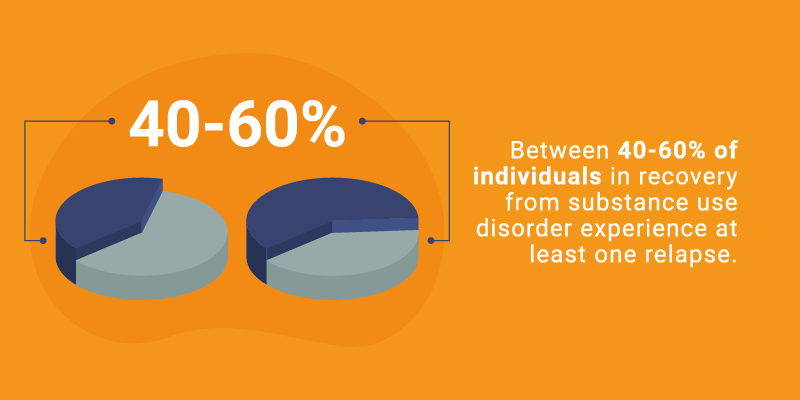
The Anatomy of a Relapse Prevention Plan
Every relapse prevention plan should have a set of fundamental elements that serve as its foundation. These components ensure that the plan is comprehensive, offering a holistic approach to prevent relapse.
Here’s a breakdown:
Risk Identification
- Emotional risks: These are feelings or emotions like stress, anger, sadness, or loneliness that can make one think about resorting to old habits.
- Environmental risks: Certain places or situations, such as a bar or a party, can prompt thoughts or desires related to previous substance use or behaviors.
- Social risks: Meeting someone from the past or being around certain groups can be a reminder of past behaviors.
How to Help Recognize Potential Triggers
- Journal: Keeping a daily journal helps track feelings and thoughts. Over time, an individual can identify patterns and pinpoint situations or emotions that act as risks.
- Engage in therapy sessions: Discussing experiences with a professional can provide insights into risks that the individual might not have recognized on their own.
- Undergo self-reflection: Taking time to think about the times one has felt a strong urge can help identify what was happening around them or how they were feeling at the time.
Coping Strategies to Mitigate the Risks of Relapse
Some common examples of coping strategies include:
- Deep Breathing: When an individual feels overwhelmed, taking slow and deep breaths can calm the mind and body. It helps in reducing anxiety and creating a moment of pause before making any decisions.2
- Exercise: Physical activity releases endorphins, which act as natural painkillers and mood elevators. A short walk, a few minutes of stretching, or a workout can be an effective way to cope.3
- Distraction Techniques: Engaging in activities like reading, listening to music, or calling a friend can divert one’s attention from risks.
Daily Routine
- Prioritizing tasks: List out daily tasks and rank them based on importance. This helps individuals allocate adequate time to each activity without feeling rushed.
- Setting Specific Times: Consistency is key. Try to eat, sleep, and perform other daily activities at the same times every day. It will give the body a sense of rhythm.
Regular Check-Ins
- Daily Reflections: Every evening, consider how the day went. Were there any unexpected feelings or temptations? This can help keep a person grounded.
- Weekly Reviews: These are more comprehensive, focusing on the entire week. Individuals can notice patterns, triumphs, and challenges faced over multiple days.
- Monthly Assessments: This is a look at the broader patterns over weeks. This helps identify recurring challenges and celebrate consistent wins.
Emergency Contacts
- Trusted Individuals: Emergency contacts should include close friends, family members, or anyone else the individual feels comfortable sharing their feelings and struggles with.
- Medical Professionals: It’s advisable to include a medical professional or therapist in the contact list. They can offer professional guidance, especially if someone is experiencing intense emotions or physical symptoms.
- Support Groups or Helplines: There are numerous support groups and helplines available, tailored to those in recovery. These can be beneficial because they offer a platform where people can speak with someone who truly understands the challenges of relapse.
Goals and Aspirations
- Writing It Down: This can be broad ideas like “I want to rebuild my relationship with my family” or specific ones such as “I want to return to school within the next year.”
- Prioritize: With the list in hand, decide which goals are the most immediate or critical for overall well-being and recovery.
- Break It Down: For each goal, split it into smaller, actionable steps. If you wrote down “return to school,” an actionable step might be “research courses” or “speak with a counselor about enrollment.”
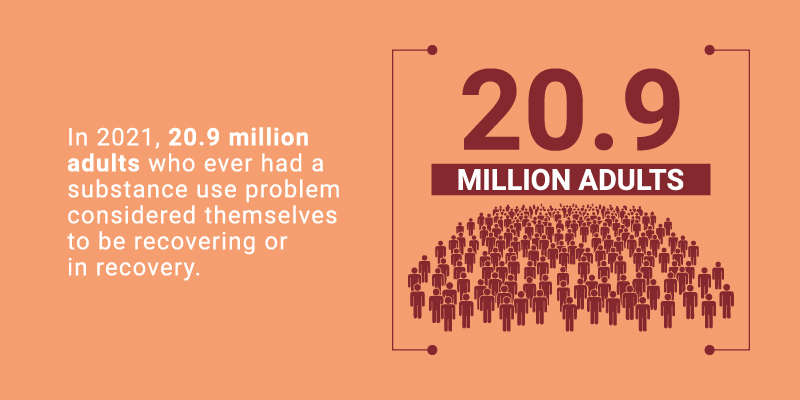
Being Aware of Potential Setbacks
Common Setbacks in Implementation
Overconfidence
Self-Doubt
Stress
Stress is a part of life, but for someone trying to maintain sobriety or avoid old habits, it can be a significant risk.
External pressures, whether from work, relationships, or financial situations, can push someone towards seeking relief in familiar but harmful ways. Without a proper strategy to manage stress, it can easily derail the relapse prevention plan.
Isolation
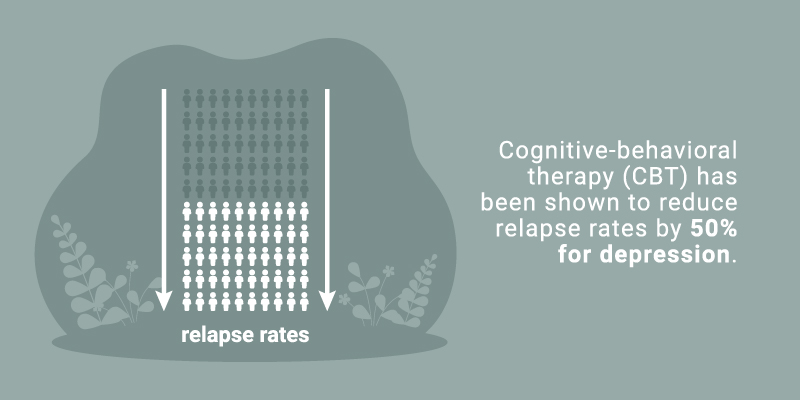
Forms of Support and Help In a Relapse Prevention Plan
Harnessing the Power of Support
Peer Support
- They offer understanding from firsthand experience.
- They provide a safe space to share and learn coping strategies.
- They build a sense of community and reduce feelings of isolation.
A Closer Look at Group Therapy
Professional Support
Family and Friends
Mindfulness and Self-Awareness
Mindfulness is a practice that encourages being fully present in the current moment. This means observing one’s thoughts, feelings, and sensations without judgment.
In addiction recovery, mindfulness helps an individual become aware of risks, cravings, and emotional states that might lead to a relapse.5
Self-awareness, on the other hand, is recognizing and understanding one’s own emotions, behaviors, and thought patterns. Being self-aware in recovery means understanding the root causes of addiction and knowing what strategies work best for maintaining sobriety.
Incorporating Mindfulness and Self-Awareness
- Daily Meditation: Dedicate 5-10 minutes each day to sit in a quiet space. During this time, an individual can focus on their breathing, observe their thoughts, and bring their attention back to their breath whenever their mind wanders.
- Body Scanning: Lay down in a comfortable position and mentally scan the body from head to toe. Observe any tension, discomfort, or sensations. This helps an individual stay connected with their physical state and can highlight stress or discomfort.6
Lifestyle Adjustments
Diet and Nutrition
- Omega-3 fatty acids, found in fish like salmon, are known to support brain function.
- Leafy greens such as spinach contain vital nutrients that are beneficial for cognitive health.
- Berries, especially blueberries, are packed with antioxidants that are good for the brain.
- Whole grains like quinoa and brown rice can help stabilize blood sugar levels, maintaining steady energy and mood.
Hydration and Recovery
Exercise and Mental Health
- Aerobic exercises such as running, swimming, or cycling can decrease anxiety and improve mood.7
- Strength training, like lifting weights, can boost self-esteem and improve sleep.
- Yoga and tai chi are forms of mindful movement that can reduce stress and enhance overall well-being.
Sleep Patterns and Relapse Correlation
- Set a regular sleep schedule by going to bed and waking up at the same time daily.
- Make sure the bedroom is dark, quiet, and cool.
- Limit screen time, especially blue light from phones and computers, at least an hour before bedtime.
- Avoid large meals, caffeine, and alcohol close to bedtime.

How to Build a Robust Relapse Prevention Plan with Ripple Ranch
- Personalized Assessments: Before anything else, we dive deep into understanding your specific needs. It’s not about a one-size-fits-all approach. It’s about you, your story, and your challenges. This assessment lays the groundwork for your relapse prevention plan.
- Integrating Proven Therapies: We blend evidence-based therapies like CBT and DBT into your plan, ensuring a strong foundation to tackle potential cravings and temptations.
- Regular Interactions with Experts: You’re not alone in this. With our 1:6 staff-to-client ratio, we guarantee that you will get the attention and support you need. Regular sessions with our trained therapists will guide you, offering timely advice and interventions.
- Feedback-Driven Approach: Your feedback is invaluable. By integrating your insights, we ensure your relapse prevention plan stays relevant and effective.
Reach Out and Begin Healing
Ready to pave a clear path towards lasting recovery? With us, you get more than a program; you get a partnership. Let’s co-author your success story, tailored to your unique needs and journey. Get in touch with our team today to craft your relapse prevention plan.
Resources
- 1https://www.aamc.org/news/21-million-americans-suffer-addiction-just-3000-physicians-are-specially-trained-treat-them
- 2https://www.ncbi.nlm.nih.gov/pmc/articles/PMC5455070/
- 3https://www.webmd.com/depression/exercise-depression
- 4https://www.ncbi.nlm.nih.gov/pmc/articles/PMC5047716/
- 5https://www.ncbi.nlm.nih.gov/pmc/articles/PMC6247953/
- 6https://www.mindful.org/how-the-body-scan-meditation-practice-reduces-biological-stress/
- 7https://www.ncbi.nlm.nih.gov/pmc/articles/PMC1470658/




